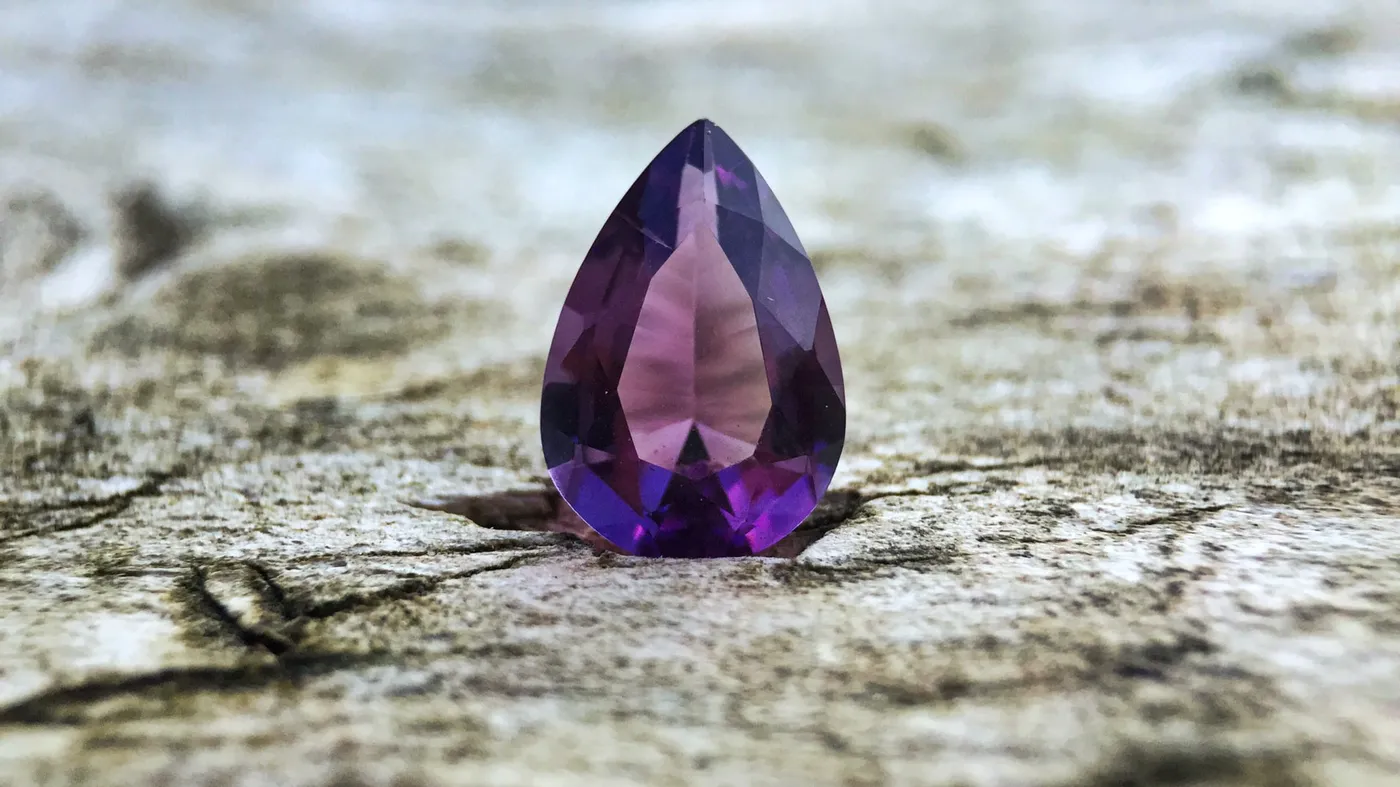

Customers often come into the studio looking for alternative gemstones. For a custom piece or as replacements in their current jewelry pieces. After speaking about their options, I sometimes suggest the world of phenomenal gemstones. As the name implies, this is a large group of gemstones presenting visual phenomenon. These gems can be grouped into roughly five categories. These gemstones show flashes of scattered light & colors as the gem is moved in the light. The phenomena slightly differs with each of these gemstones. Thus, each stone has a corresponding name associated with its effect. While these appear regularly in gemstones from the Felspar family, they also cross over to other types.
The well-known play of color is the domain of opals. Opals are formed by stacked spheres. Light hitting the surface bends & breaks into spectral colors. Giving opal its unique allure. Reds, greens & blues playing against a white, blue, or black background make opals valuable. The most coveted opals are ones displaying red play with a black background.
The shimmering iridescent effect is known as labradorescence. For decades, this phenomenal gem has been a staple for collectors & jewelry connoisseurs. Labradorite is a member of a large family of gemstones, known as feldspar. Other members of this family include moonstone, sun stone & rainbow moonstone.
The phenomenal effect comes from the microscopic layers of triclinic crystals. These slow down light entering the stone, causing interference. It is relatively soft, which makes it easy to carve. On the other hand, its two directional cleavage can make it tricky to work without splintering. Normally labradorite occurs as a dark gray stone. However, the gem-quality material from Canada exhibits flashes of blue, green & spectral colors.
Adularescence is known as the billowing blue cloud that shows in moonstone. As a result of light scattering between the microscopic layers. Allowing you to see light rolling across the gemstone. This view changes from different viewing angles. Moonstone was first discovered in Mt. Adular, Switzerland. With the term adularescence later deriving from this region. Moonstone is known to many, especially in the white variety. However, you will find this gemstone in grey & peach colors also. At time, these gems also present asterism or chatoyancy.
Iridescence & orient are also part of the world of phenomenal gemstones. These describe the effect of “oil on water” that certain gemstones present. These gems generally divide light into spectral colors with spectacular results. For example, iridescent andradite garnet, iris agate & fire agate. Also, mother of pearl, ammonite & fire opal – all present iridescence. Orient is when the phenomenon is apparent on a pearl.
Next, let us talk about the phenomenon known as asterism. This spectacular effect is caused by the alignment of needle-like inclusions in the stone. Which tend to orient themselves according to the growth habit of the stone. The result is a 4, 6 or 12 ray-star visible under direct light. Star gems are always cut into cabochons for the effect to be visible, like many phenomenal gemstones.
The value of a star gem depends on the stone’s depth of color, as well as the clarity of the star. Also, its position in relation to the center of the stone. The effect manifests in many well-known stones such as ruby, sapphire, garnet, spinel & quartz. It may also be present in diopside, beryl, moonstone & sunstone.
This group presents the phenomenon known as chatoyancy. Bands of light moving across the top of the cabochon gemstone. The most well-known & coveted example is the cat´s eye chrysoberyl. Known as milk & honey. This effect shows up in a wide variety of other stones also. Such as demantoid & spessartine garnet. Alexandrite, diopside & tanzanite zoisite. Additionally, it can be seen in emerald, sapphire, ruby & even opal. Not to mention cat’s eye quartz, hawk’s eye, tiger’s eye & obsidian. Parallel needle-like structures throughout the stone causes this effect. When light moves across the gem, an optical phenomenon occurs. Like that which happens when one observes light moving across a spool of thread. These phenomenal gemstones look particularly striking in gent’s rings & accessories.
This phenomenon of a glittering or flashing of light, is found exclusively in gem quality quartzite. Known as aventurine quartz. It is a result of light reflecting off tiny flecks of mica embedded in the quartz. When the mica is green in the quartzite, it becomes green aventurine quartz. Which is arguably the most popular form of this gem group.
Stones in this category can be seen presenting a drastic changing of color when exposed to different kinds of light. The most well-known of these gems is alexandrite. This gem shows red under incandescent light & green under white light.
There are several other popular stones that can display this phenomenon also. Such as color change sapphires, which changes from blue to purple. Color change garnet, which changes from brown green to pink. Lastly, color change spinel, which changes from blue to purple. Some of these specimens can be extremely valuable especially when they are untreated & present extreme color shifts.